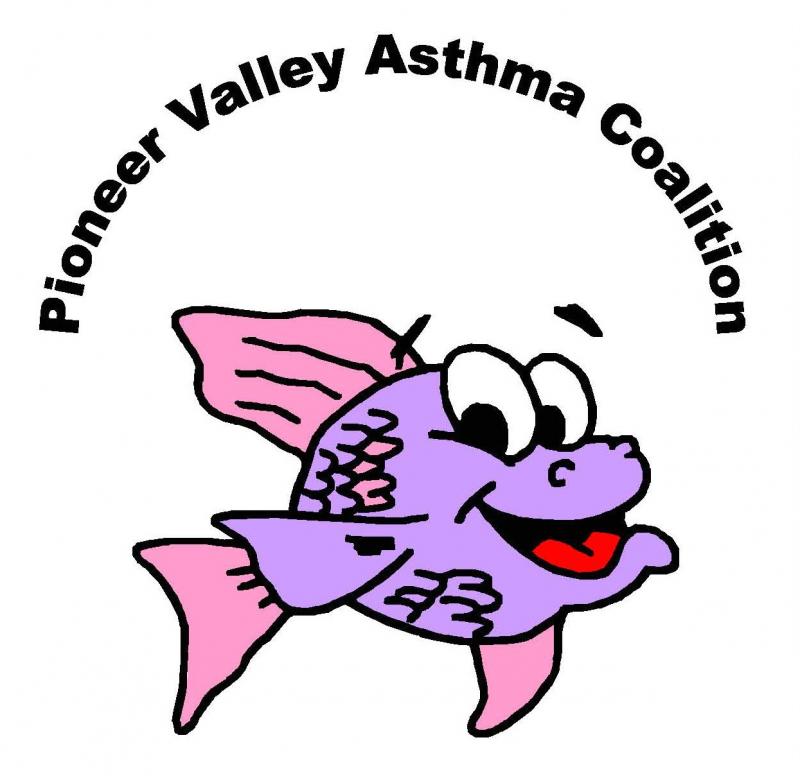Volatile Organic Compounds
About:
Volatile organic compounds (VOCs) are released as gases from certain solids or liquids. Per the EPA, concentrations of many VOCs are consistently higher indoors than outdoors. During and for several hours immediately after certain activities, such as paint stripping, levels may be 1,000 times outdoor levels.
Examples of VOC's Include:
- paints
- lacquers
- paint strippers
- cleaning supplies
- pesticides
- building materials and furnishings
- glues and adhesives
- wood preservatives
- aerosol sprays
- disinfectants
- moth repellents and air fresheners
- stored fuels and automotive products
- hobby supplies
- dry-cleaned clothing
- pesticide
- office equipment such as copiers and printers, correction fluids and carbonless copy paper
- graphics and craft materials including glues and adhesives, permanent markers and photographic solutions.
Risks:
The Green and Healthy Homes Initiative reports the following health effects of VOCs:
Short-Term (Acute) Symptoms Due to High Levels of VOC's
- Eye, nose and throat irritation
- Headaches and dizziness
- Nausea/vomiting
- Worsening of asthma symptoms
Long-Term (Chronic) Symptoms Due to High levels of VOC's
- Increased risk of cancer
- Liver and kidney damage
- Central nervous system damage
Solutions:
The EPA Recommends the Following Steps to Reduce Exposure to VOC's:
- Increase ventilation when using products that emit VOCs.
- Meet or exceed any label precautions.
- Do not store opened containers of unused paints and similar materials within the school.
- Formaldehyde, one of the best known VOCs, is one of the few indoor air pollutants that can be readily measured.
- Identify, and if possible, remove the source.
- If not possible to remove, reduce exposure by using a sealant on all exposed surfaces of paneling and other furnishings.
- Use integrated pest management techniques to reduce the need for pesticides.
- Use household products according to manufacturer’s directions.
- Make sure you provide plenty of fresh air when using these products.
- Throw away unused or little-used containers safely; buy in quantities that you will use soon.
- Keep out of reach of children and pets.
- Never mix household care products unless directed on the label.
- Don’t smoke indoors. Smoking is one of the main sources of Benzene, a toxic carcinogen.
pioneervalleyasthmacoalition@gmail.com
413.794.7600
Pioneer Valley Asthma Coalition
127 State St., PO Box 4895
Springfield, MA 01101-4895

